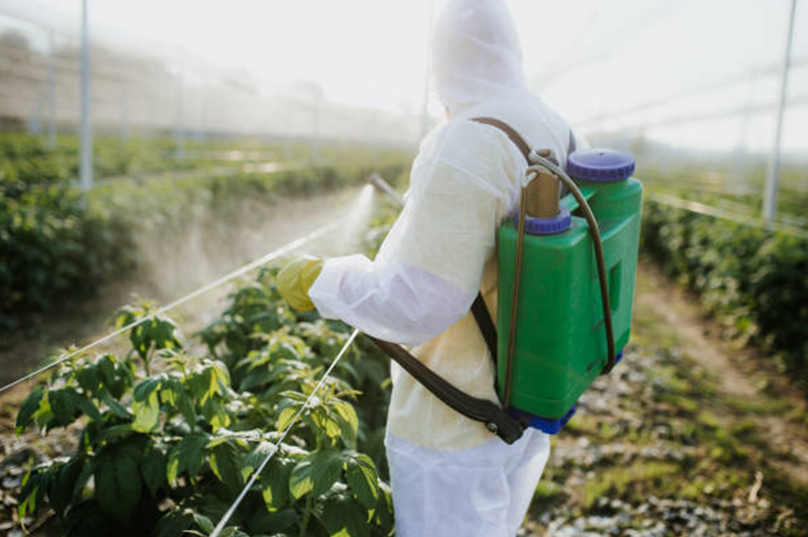PESTICIDE FORMULATION QUALITY CONTROL TRAINING
Pesticides are substances that are meant to control pests or weeds. The term pesticide includes: herbicide, insecticide, insect growth regulator, nematicide, termiticide, molluscicide, avicide, rodenticide, predacide, bactericide, insect repellent, animal repellent, antimicrobial, fungicide, disinfectant (antimicrobial), and sanitizer. The pesticide formulation is a mixture of active and other ingredients. An active ingredient is a substance that prevents, kills, or repels a pest or acts as a plant regulator, desiccant, defoliant, synergist, or nitrogen stabilizer. Pesticides come in many different formulations due to variations in the active ingredient’s solubility, ability to control the pest, and ease of handling and transport. These formulations are designed to optimize the efficacy, safety, and ease of application of the pesticide, as well as to ensure stability and effectiveness under varying environmental conditions. The purpose of a pesticide formulation is not only to deliver the active ingredient (the chemical that controls pests) but also to ensure the formulation is easy to apply, safe for users, and stable during storage and use. Formulations also help control how the pesticide behaves once applied, including its ability to spread, stick to surfaces, and resist degradation due to environmental factors.
FARE Labs, having an accredited facility for the quality control of these pesticide formulations, offers an extensive Pesticide testing and safety certification courses to various stakeholders. This training course offers:
- Pesticide formulation lab testing training
- Pesticide performance testing lab training
- Pesticide formulation and analysis lab training
Objectives
- Provide a solid understanding of the different types of pesticide formulations (e.g., emulsifiable concentrates, suspension concentrates, wettable powders, granules).
- Train to understand the role of inert ingredients in pesticide formulations (e.g., solvents, surfactants, stabilizers) and how they contribute to the efficacy, safety, and application process.
- Provide practical, hands-on training for participants in preparing various pesticide formulations, including mixing and diluting concentrated forms.
- Familiarize with the various instrumentation techniques used to test and analyse pesticide formulations, such as HPLC, GC, and UV spectroscopy, for assessing the purity, concentration, stability, and safety of pesticide formulations.
- Educate on the safety protocols for handling and testing pesticides, including methods to assess toxicity to humans, animals, and the environment.
- Teach about quality control (QC) procedures in the production of pesticide formulations, including how to monitor and maintain formulation consistency, stability, and effectiveness.
- Raise awareness about the environmental impact of pesticide formulations and teach methods to minimize toxicity and environmental harm.
- Introduce regulatory frameworks to ensure compliance with legal and environmental standards in formulation development for ensuring quality and safety.

